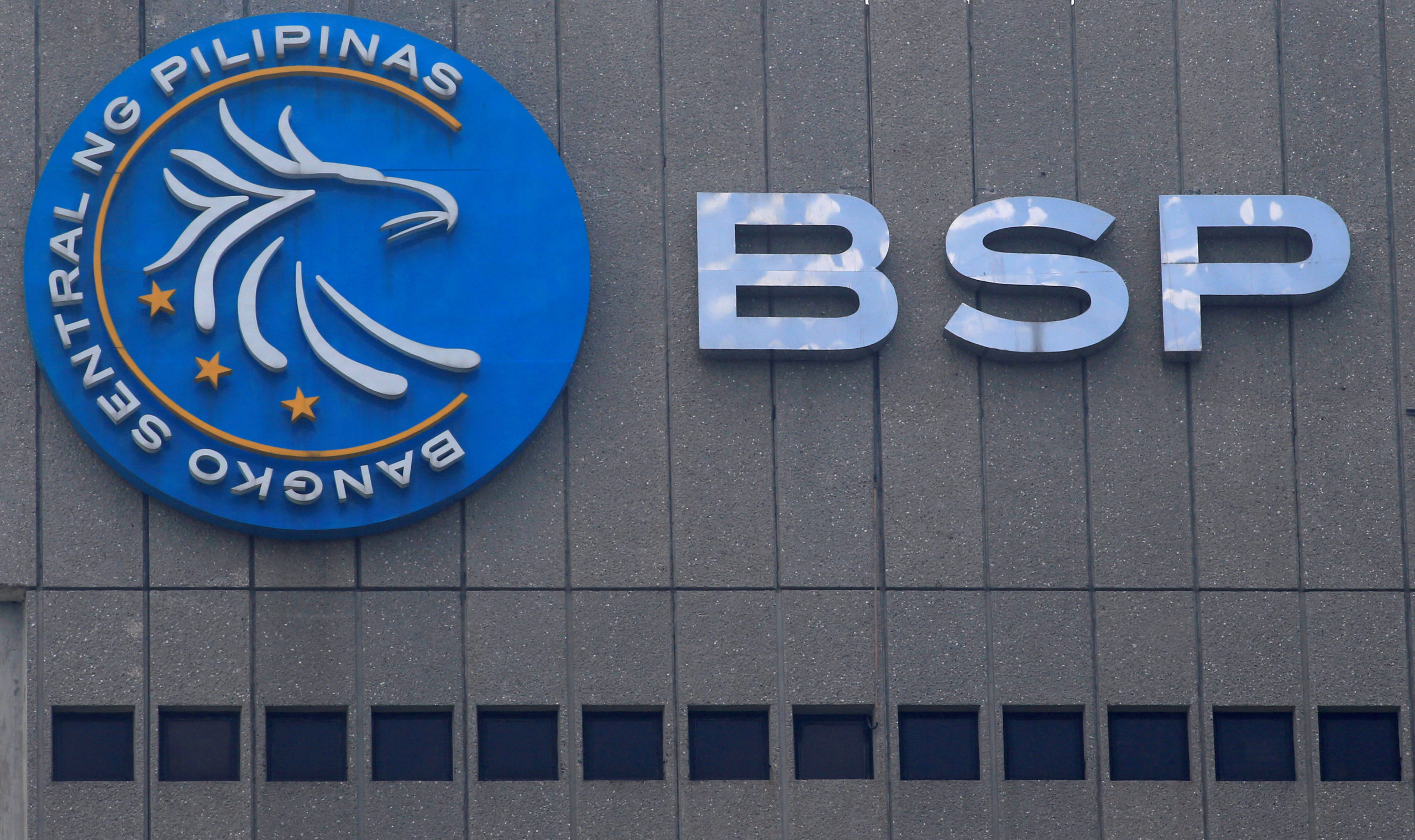Digital banks’ bad loans continue to pile up

FILE PHOTO: A logo of Bangko Sentral ng Pilipinas (Central Bank of the Philippines) is seen at their main building in Manila, Philippines March 23, 2016. REUTERS/Romeo Ranoco
Bad loans held by digital banks in the country continued to rise in February, although this new breed of lenders is outperforming traditional peers in attracting deposits despite infrastructure challenges that have hampered financial inclusion for years.
Data from the Bangko Sentral ng Pilipinas (BSP) showed that the digital banks’ nonperforming loans (NPL)—borrowings that are more than 90 days late on a payment—accounted for 21.64 percent of the sector’s total loan book, higher than the 20.95 percent ratio in January.
The figure was more than six times larger than the 3.44 percent NPL ratio of the entire local banking system, as the nascent industry continues to find the right business model for its target market with largely untested credit profile.
In peso terms, the bad loan ratio of the digital industry amounted to P4.92 billion in the second month of the year, up by 7.66 percent from P4.57 billion in January.
The total portfolio of digital banks expanded by 4.36 percent to P22.75 billion in February.
Article continues after this advertisementThe rising NPLs, in turn, are forcing digital banks to set aside a hefty amount of their capital as a buffer against losses from unpaid loans instead of using the money for new lending activities. 55% loan loss cover
Article continues after this advertisementData showed these lenders had set aside P2.73 billion as allowance for credit losses in February, up by 16.17 percent. This brought the sector’s NPL coverage ratio—a measure of sufficiency of such buffer funds—to 55.41 percent, from 51.48 percent previously.
For this reason, the BSP had said only two of the six digital banks in the country are profitable. Central bank data showed the sector’s net loss had almost doubled from September to December 2023 to P4.38 billion.
The six digital banks in the country are: UNO Digital Bank, UnionDigital Bank, GoTyme, Overseas Filipino Bank of state-run Land Bank of the Philippines, Tonik Digital Bank and Maya Bank.“The next three years are pivotal for reinforcing the digital banking sector’s foundations, scaling lending operations, and solidifying confidence among investors and customers alike,” said Long Pineda, vice president of Digital Bank Association of the Philippines (DiBA PH)In 2021, the BSP imposed a three-year moratorium on digital bank licensing to give the regulator enough time to monitor the performance of these new lenders and their impact on the financial system. The central bank will release an industry report covering the first quarter of the year.
But … deposits upBeyond problems with NPLs and profitability, digital lenders are nevertheless seen doing a great job in raising deposits, a major lifeline for banks.
Data released by DiBA PH showed the sector posted a 27-percent growth in their depositor base between September and December last year, significantly higher than the 4 percent overall growth of the banking system.’ This has elevated the total digital banking depositor base to 5.9 million by the end of 2023.
These banks also reported a near doubling of deposits to P69 billion from 2022 to 2023, DiBA PH added.
“This kind of growth in such a short amount of time is unprecedented in terms of onboarding the unbanked and underserved,” said Angelo Madrid, president of DiBA PH. INQ